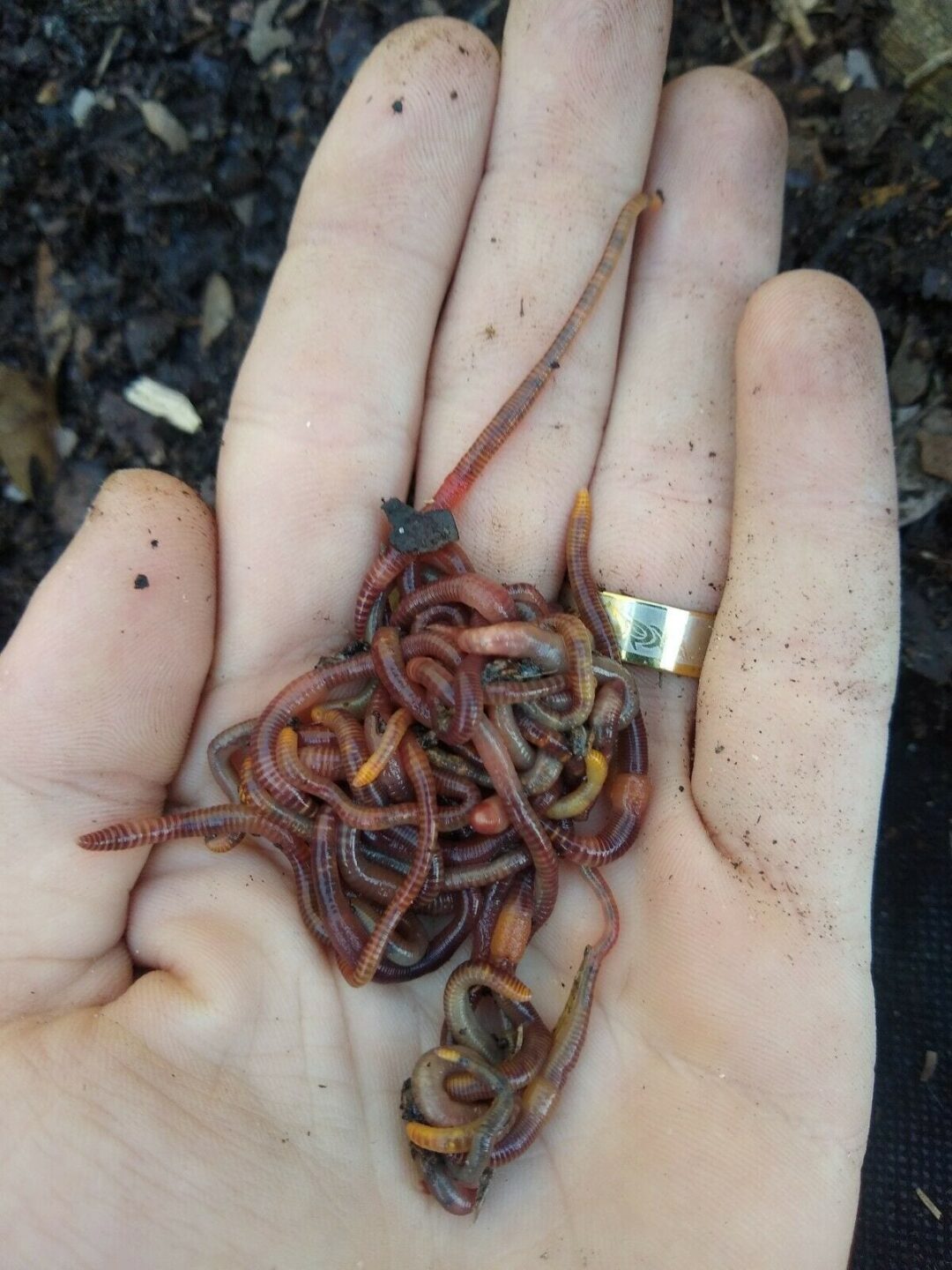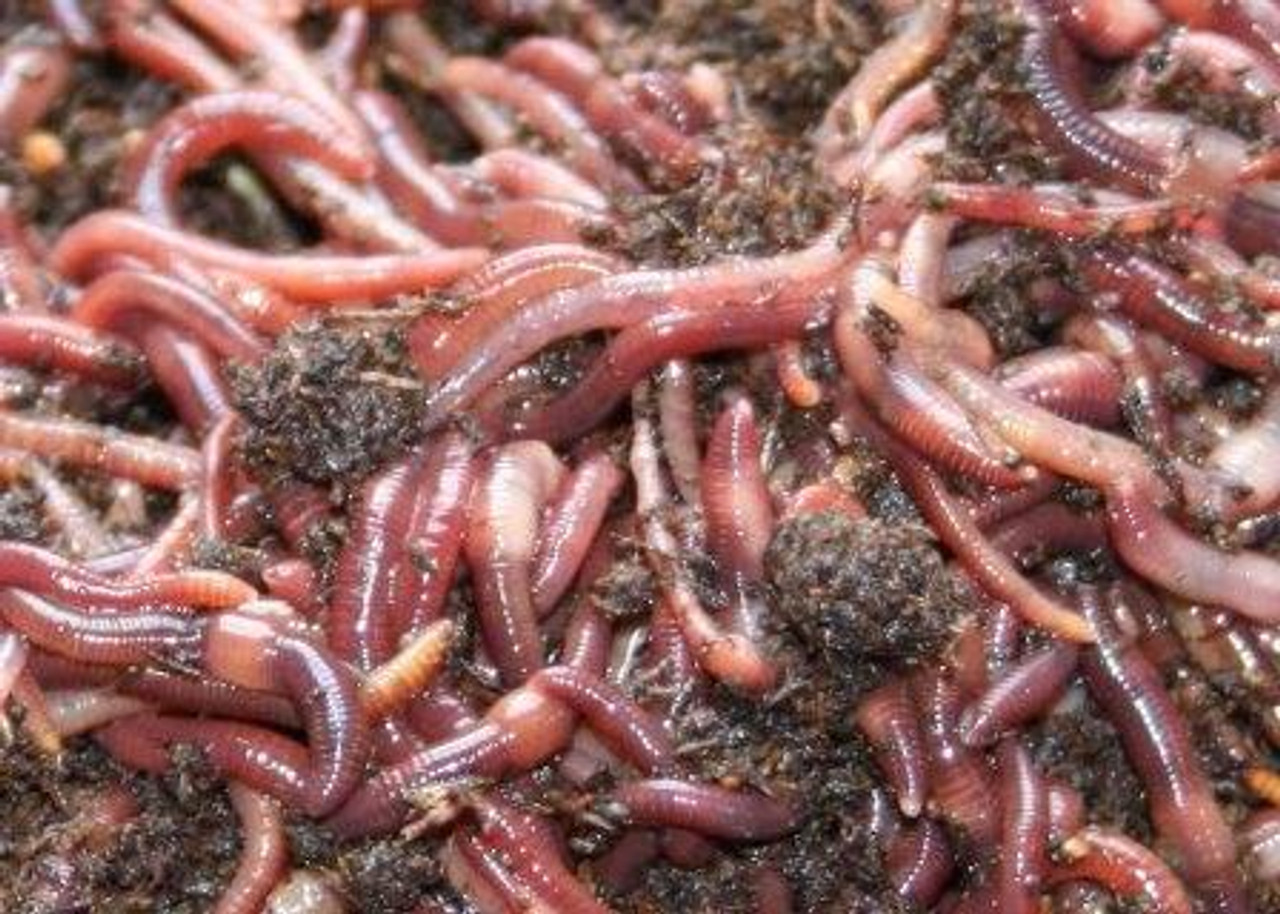Red Wiggler Express: Premium Worms Delivered Conveniently
Wiki Article
The Extraordinary World of Red Wigglers: Increase Your Soil Fertility Today
These small yet reliable microorganisms change natural waste into valuable worm castings, dramatically boosting soil wellness and promoting lasting techniques. As we discover the advantages of vermicomposting and the useful steps to develop an efficient worm bin, the potential effect of these worms on your gardening success comes to be progressively evident.Understanding Red Wigglers
Red wigglers, clinically referred to as Eisenia fetida, are a varieties of earthworm that play an essential duty in boosting dirt fertility. These worms thrive in organic-rich environments, such as garden compost stacks and rotting plant product, where they consume organic waste and secrete nutrient-dense spreadings. Their special anatomy, including a segmented body and a clitellum, allows them to replicate swiftly and successfully procedure large quantities of raw material.
The eco-friendly importance of red wigglers expands beyond simple waste handling; they add to the soil food web, promoting a varied area of microorganisms that better improve dirt wellness. Comprehending the biology and actions of red wigglers is crucial for using their full possibility in lasting agriculture and gardening techniques.
Advantages of Vermicomposting
(Red Wiggler Express)Utilizing the power of red wigglers through vermicomposting offers countless advantages that considerably enhance dirt health and fertility. Among the key benefits is the production of nutrient-rich worm spreadings, which are an outstanding all-natural plant food. Red Wiggler Express. These spreadings contain vital nutrients like nitrogen, phosphorus, and potassium, advertising robust plant development and enhancing plant returns
Additionally, vermicomposting enhances soil structure and oygenation. The visibility of worm castings improves soil texture, permitting better water retention and drain. This balanced wetness level is crucial for origin growth and the general health of plants. Moreover, red wigglers aid damage down raw material, increasing disintegration and reusing nutrients back into the dirt.
Vermicomposting also fosters microbial task, which is vital for a healthy and balanced soil ecological community. Beneficial bacteria prosper in the existence of worm spreadings, aiding in the breakdown of natural products and boosting nutrition accessibility to plants.
Last but not least, vermicomposting acts as a reliable waste monitoring remedy, minimizing garbage dump waste by recycling cooking area scraps and other natural materials. This not only adds to environmental sustainability however likewise promotes a round economy within horticulture and farming.
Exactly How to Establish a Worm Bin
Setting up a worm bin is a simple procedure that can considerably enhance your composting initiatives. Begin by picking an appropriate container, which can range from a readily readily available worm bin to a simple plastic or wooden box (Red Wiggler Express). Ensure the container has ample ventilation; little openings in the lid and sides will certainly promote air flowFollowing, create a bed linens layer to supply a comfortable environment for the red wigglers. This can be made from shredded newspaper, cardboard, or coconut coir, dampened to a damp, sponge-like uniformity. Fill up the bin to about one-third full with this bed linen material.
When the bed linen is prepared, it's time to present the worms. Red wigglers grow in natural waste, so place them gently onto the bedding. Cover the worms with a light layer of additional bedding to help them acclimate.
Feeding Your Red Wigglers
Supplying the ideal food for your red wigglers is important for their health and the effectiveness of your composting system. Red wigglers grow on a diverse diet, largely being composed of organic materials such as vegetables and fruit scraps, coffee grounds, and shredded paper. These materials not just provide vital nutrients however also add to the microbial task in the worm bin, which is essential for the worms' digestion.It is crucial to avoid certain foods, such as milk products, oils, and meats, as these can bring in insects and produce unpleasant smells. In addition, citrus peels and extremely zesty foods must be limited because of their prospective to harm the worms. A well balanced method to feeding entails keeping track of the quantity of food introduced to the container, guaranteeing that it is consumed within a reasonable amount of time to stop excess waste build-up.
To promote optimal digestion, it is beneficial to cut or shred larger food products before including them to the bin. This practice increases the area for microbial action, assisting in quicker decay and improving the overall effectiveness of your composting system. Routinely this page observing the worms' feeding routines will help you adjust their diet plan as necessary.
Making Use Of Worm Spreadings in Your Yard

(Red Wiggler Express)Including worm castings right into your yard can be completed by mixing them into the soil or utilizing them as a leading clothing. The slow-release nature of these spreadings ensures that nutrients are offered to plants over a prolonged duration, minimizing the requirement for artificial plant foods. Furthermore, worm castings have beneficial bacteria that advertise healthy and balanced dirt communities, enhancing the overall durability of your yard.
To make best use of the advantages, objective to apply approximately one component worm spreadings to three parts dirt in your planting beds. Regular applications can cause improved crop returns and much healthier plants, making worm spreadings a vital resource for both newbie and seasoned garden enthusiasts alike. By using this natural modification, you can grow a growing yard while contributing to sustainable horticulture techniques.
Final Thought
In final thought, red wigglers exemplify the essential function of vermicomposting in boosting dirt fertility. Their capacity to transform natural waste right into nutrient-rich spreadings substantially enriches soil structure and supports microbial variety.Report this wiki page